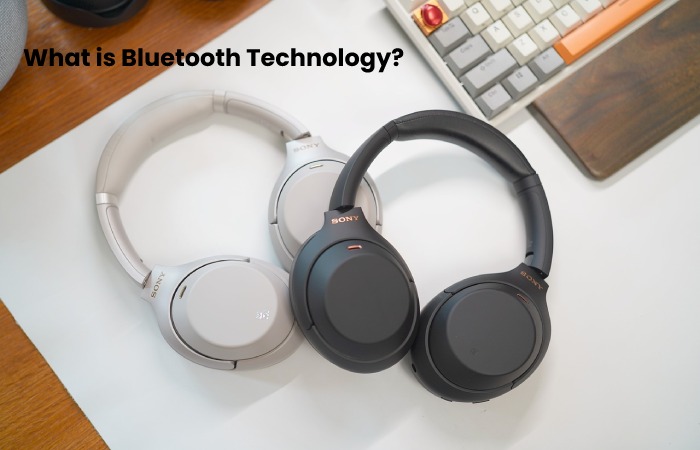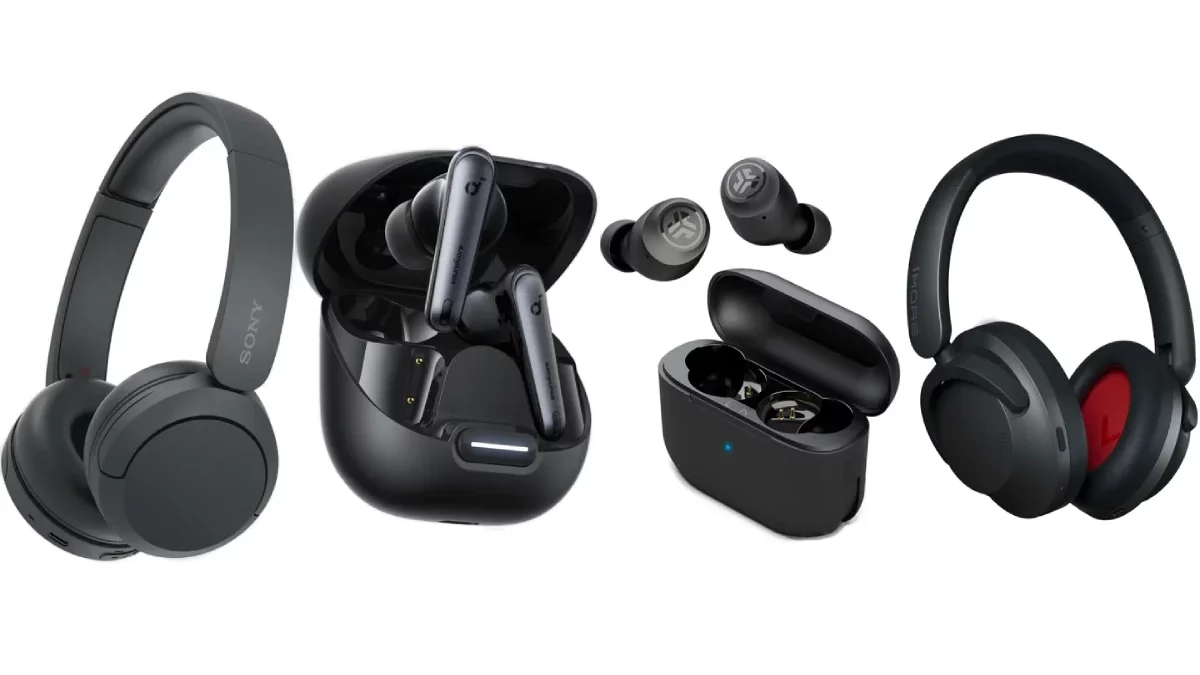Table of Contents
How do Wireless Bluetooth Headphones Work?
It is basically the same as the wired ones, although they transmit via Bluetooth instead of cables. This answer seems obvious, but don’t worry. We will give you all the realities of Bluetooth.
If you’re reading this, chances are you’re shopping for a pair of Bluetooth headphones or finding out about the technology that causes a revolution in audio. Today, new phones are ditching wired ports for wireless connectivity. This is very understandable. The latest Bluetooth headphones free you from the hassle of cables, integrate functions that allow you to answer calls without using your hands, and integrate great batteries.
This concise guide tells you how wired Bluetooth headphones work, Bluetooth connectivity, and various extra details. We hope it helps you decide to buy those new headphones or answer your question: Bluetooth headphones how they work.
How do the Headphones Work?
Before answering the question: How do Bluetooth headphones work? We will explain the technology that helmets integrate with general. After all, Bluetooth headphones are no different from wired headphones, except for how they receive and send audio to their drivers or transducers.
The primary purpose of headphones is to act as a transducer that converts electrical energy (audio signals) into sound waves. This is true for wired and wireless headsets. The headphone drivers are the transducers. They convert audio into sound, and therefore the essential elements of headphones are a pair of drivers.
Wired and wireless headphones work when an analogue audio signal (alternating current) passes through the drivers and causes a proportional movement in the diaphragm of the drivers. The program of the diaphragm moves the air to produce sound waves that mimic the AC voltage shape of the audio signal.
This action is necessary, no matter what type of driver the headphones integrate. That said, the most common is the dynamic type. The excellent Sony WH-1000XM4, for example, our favourite wireless headphones, use this type of driver.
What is Bluetooth Technology?

Do you want to know the response to the question: how do Bluetooth headphones work? First, you need to know what Bluetooth technology is. This wireless connectivity is used to transmit data between fixed or mobile devices over short distances, using high-frequency waves known as UHF.
Specifically, Bluetooth technology uses radio frequencies in the range of 2.402 GHz to 2.480 GHz to transmit data wirelessly. Unfortunately, this technology is quite complex and integrates too many details. This is due to the incredible range of applications it serves.
Bluetooth versions
This technology was initially developed in 1989. However, the first official version was released in 1999. The directors who create this connectivity improve it constantly and remove new versions periodically. New types of Bluetooth improve range, transfer speed, and power consumption. New wireless headphones use version 5.0 or later. However, they can work perfectly with audio devices that have version 4.2.
Bluetooth headphones How does it work?
Bluetooth headphones receive audio signals via Bluetooth technology. To work correctly with an audio device, they must be pair or wirelessly connected to those devices.
Once paired, the headphones and audio device create a network called a Piconet in which the device can effectively send audio signals to the headphones via Bluetooth. Likewise, headphones with intelligent functions, voice control, and playback also send information to the device thanks to the network.
After the headset’s Bluetooth receiver selects the audio signal up, it must pass through two critical components for the drivers to do their job. First, the received audio signal needs to be converted to an analogue signal. This is done by integrating DACs. The audio is then sent to a headphone amplifier to reach a voltage level that can effectively drive the drivers.
We hope that you can understand Bluetooth headphones how work with this simple guide. Now that you know the technology, you can review our comparison of the best Bluetooth headphones on the market. We also recommend checking our guides on connecting Bluetooth headsets to PC, PS4, Xbox One, and LG TV.
How to charge the earphones?
Clean the earpieces with a soft, dry cloth. Unfortunately, the charging case is not waterproof. For this reason, you must check that the earphone units, earbuds, and arch supports are not wet before placing the earphones in the charging case. Should water (sweat, water droplets, seawater, etc.) contact the headphone terminals during charging, the electrical contacts may stop working due to corrosion of the terminals.
Using the headphones underwater.
The headphones are waterproof and dustproof to listen to music even in the rain or underwater.
Changing the earplugs
- When you use them in the pool, you must put the swimming earplugs into the earphones.
- If you don’t use the swim caps, water may enter the earphones, and you won’t listen to music, plus salt and other foreign matter may stick to the units and damage the earphones’ sound quality.
- The earphones include four sizes of swim caps (S/M/L/EG).
- Choose a size slightly larger than your standard earplugs to prevent water ingress.
- Ways to avoid earphone loss.
Please connect the left and suitable units with the strap for underwater use to avoid losing the earphones.
How to place it
1. Remove the earplug and attach the strap.
2. Put the earplug back on.
3. Fasten the strap with the swim goggle strap at the back of your head.
Conclusion
Although wireless Bluetooth headphones are more expensive than wired headphones, they have some advantages, the most notable being that you’re cable-free. Of course, there’s also the fact that there are plenty of Bluetooth-enabled devices these days, so a pair of headphones can connect to any Bluetooth audio, whether it’s a console of video games, a television, an audio system, or even your telephone.


